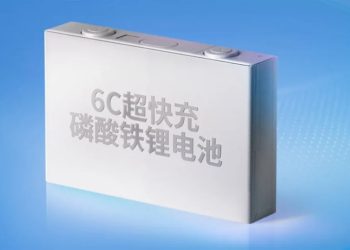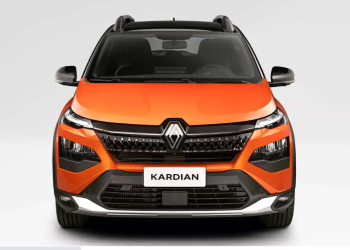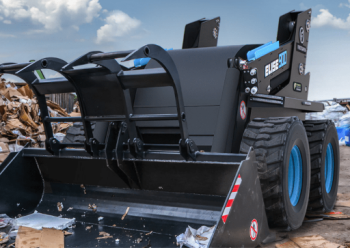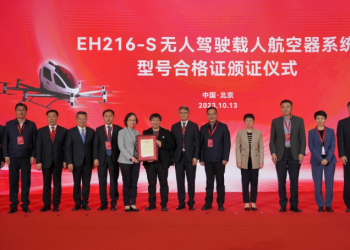AqualisBraemar LOC was chosen by Caledonian Maritime Assets Ltd. (CMAL) to partner in the design of a hydrogen fuel cell car and passenger maritime ferry. The project is called HYSEAS III, and it is funded by Horizon 2020.
HYSEAS III aims to build on the findings of its previous versions by demonstrating that fuel cells can be successfully integrated with a proven marine hybrid electric propulsion system (electric propulsion, control gear, batteries, etc.), along with associated fixes and supply.
The HYSEAS III project will develop and validate data on a full-size powertrain system on the ground, a process called “chain testing.” During that time, risk is measured by fully validating the boat’s powertrain before committing to the full cost of building the boat.
The HySeas III string test has the following components: Fuel cell system (consisting of 6 Ballard HD-100 100 kW fuel cells), lithium ion batteries, two multidrives, variable load banks to simulate thrusters azimuth and bow, piping and hydrogen storage, cooling system, energy management and control system.
Partner Kongsberg Maritime designed the comprehensive tests to investigate whether the system would be adequate to handle and respond to the demands that normally occur during normal maritime operations.
It may also interest you: Power of the future? Mahle develop an electric motor without magnets
These operational profiles will include expected cargo changes during three modes: transit, port, and maneuvers. The extended and comprehensive testing over several months is also intended to test the security, load response, transient response and emergency situations of the system.
The scope of the work of AqualisBraemar LOC is to design a double-ended passenger and car ferry capable of using the hydrogen-powered drivetrain and therefore operating completely emission-free.
Notably, in recent years, AqualisBraemar LOC has developed a range of engineering and maritime consulting services to support carbon reduction initiatives in the maritime sector, including expertise in electrical engineering and integration of alternative fuels for ships.
The ferry will be designed to Shapinsay’s requirements in Orkney, where hydrogen fuel is generated through wind power. The ferry, which will carry 16 cars or two trucks and 120 passengers, will be able to navigate to and from any concrete ramp where hydrogen is available locally to power the vessel.
The HYSEAS III consortium is made up of CMAL (Scotland), Kongsberg Gruppen (Norway), Ballard (Denmark), Orkney Isles Council (Scotland), St Andrew University (Scotland), McPhy (France), Arcsilea (England) and Interferry (Sweden).
Written by | Gabriel Sayago











